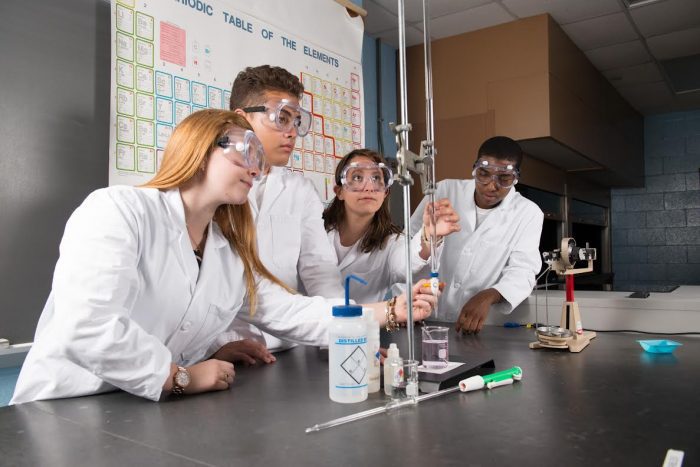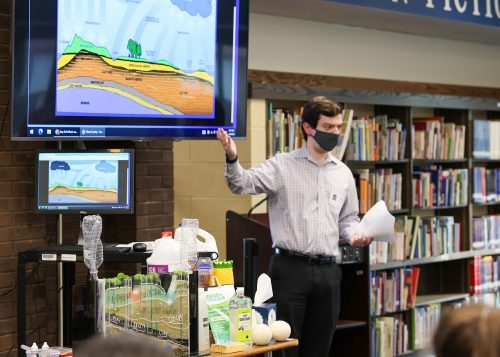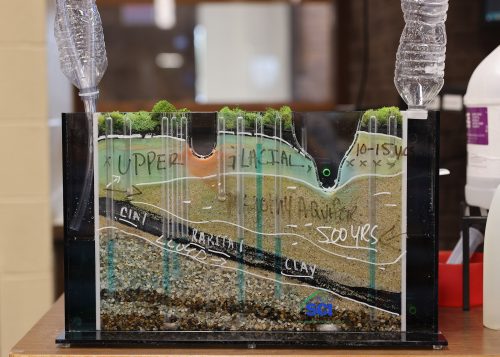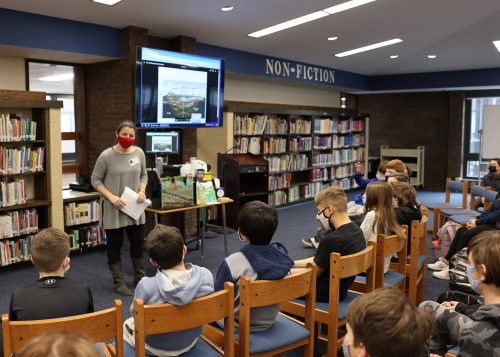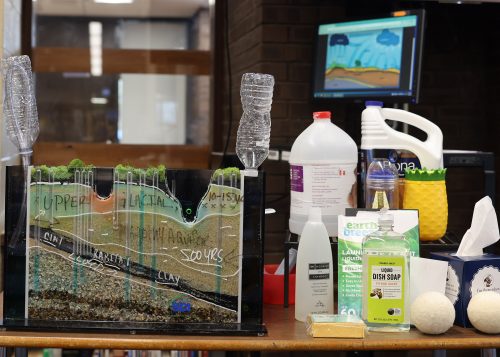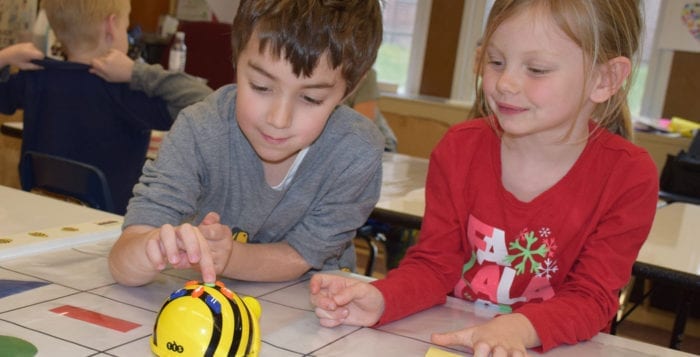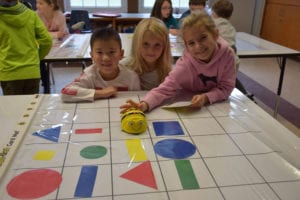A nearly $1.5 million grant awarded to Suffolk County Community College will help the college increase the number of low-income, academically talented Science, Technology, Engineering and Math (STEM) students who graduate, transfer to a four-year STEM program, or directly enter the STEM workforce.
The Improved Support for Undergraduates in Community College Engaged in STEM Studies (I-SUCCESS) Grant will allow the College to scale up and boost existing resources, developing new student support and cohort-building opportunities, and help students financially.
“Creating a new generation of talented STEM professionals is not just an economic need, it is also a social need. By eliminating barriers facing students who wish to be exposed to STEM, we can broaden the students’ economic opportunities and empower them as agents of change in our communities,” said Suffolk County Community College President Dr. Edward Bonahue.
“Suffolk County Community College has a well-known and respected STEM program,” said Professor Sean Tvelia, the project’s director. “The additional academic resources, proactive mentoring, and student-centered approach provided through this program will increase success amongst our STEM students,” he said. Tvelia said that students who actively participate in I-SUCCESS will, in many cases, be better prepared for professional careers than students at four-year universities. For those students seeking transfer to four-year colleges and universities, the program also provides networking opportunities, transfer panels, and the ability to meet and work with university faculty.
Tvelia, Professors Richa Rawat Prakash and Joseph Napolitano say the program will support 18 new and 16 continuing students each year with financial support averaging about $10,000 from program entry to graduation.
The $1,499,296 I-SUCCESS grant will provide scholarships; introduce a mentoring program, with faculty positioned strategically across campuses and within STEM disciplines to serve as role models and advisors; increase opportunities for engagement and through remote and in-person activities; make more accessible, discipline-specific faculty tutoring to augment existing support, and provide internship and job coaching to supplement existing career services for STEM careers in the regional workforce and high-impact practices proven effective at promoting retention and transfer, including authentic research experiences and publication and presentation opportunities, will be augmented with opportunities for workforce internships.
Since the 2016-17 academic year, unmet financial need among undergraduates pursuing STEM degrees at Suffolk has increased by approximately 38%. The I-SUCCESS project includes scholarships totaling $900,900 over 6 years plus $13,800 to support student summer research travel expenses to help address this unmet need.
The project is slated to begin on October 1, 2022.
Students interested in applying to the I-SUCCESS program can visit the college’s I-SUCCESS website, https://www.sunysuffolk.edu/stem/nfs-i-success/ or may contact Professor Sean Tvelia at [email protected].

